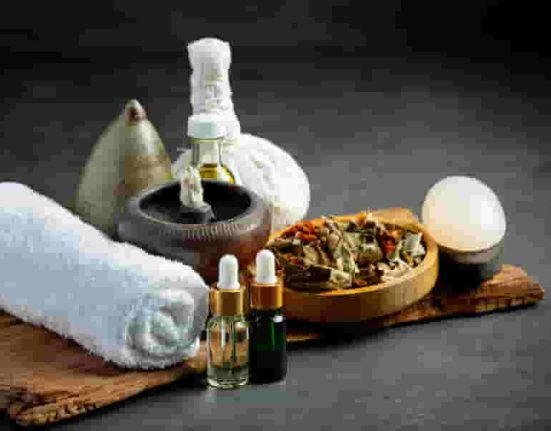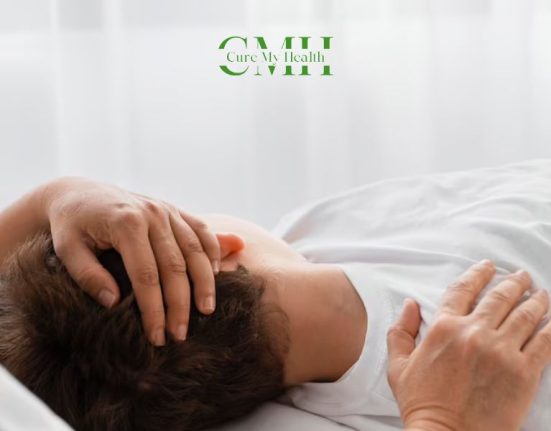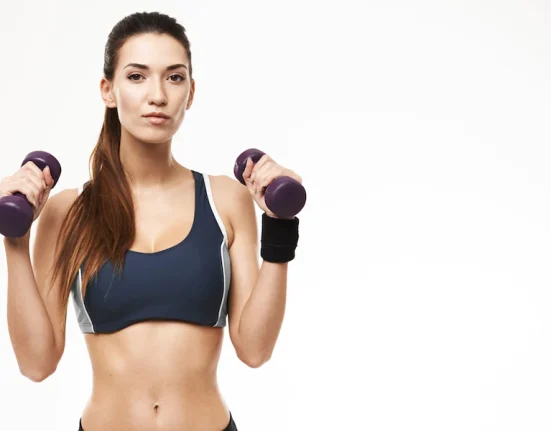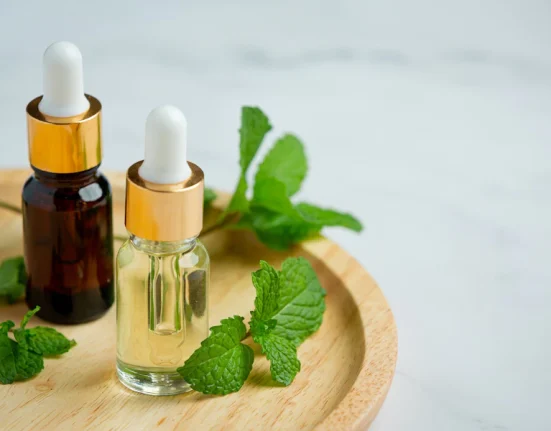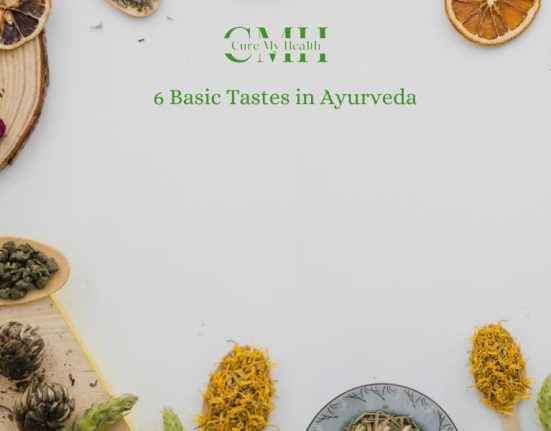Introduction
Ayurveda is an ancient Indian system of medicine that emphasizes the use of natural remedies and holistic approaches to promote health and prevent disease.
One of the most well-known Ayurvedic treatments is Panchakarma. Panchakarma is a detoxification and rejuvenation process that aims to balance the body, mind, and spirit.
Panchakarma has its origin in Sanskrit. It is a Sanskrit word that means “five actions” or “five treatments”. Therefore, Panchakarma treatment means “five actions” or “five treatments. These five treatments are designed to remove toxins (or simple wastes in the layman language) from the body, promote relaxation, and restore balance to the body’s systems.
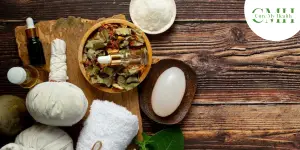
History
Any normal Ayurvedic treatment primarily comprises two parts namely, Samshodhana Chikitsa (Bio-cleansing therapy) and Samshaman Chikitsa (Pacifying Therapy).
Panchakarma therapy is a unique procedure to cleanse the body from the inside out. It is a bio-cleansing procedure that has the ultimate aim to balance the body and eliminate the toxic elements found in the body. It is a thorough procedure that helps improve the immunity of the body.
The origins of Panchakarma can be traced back to the ancient Indian text, the Charaka Samhita, which is believed to have been written between 300 BCE and 500 CE. The Charaka Samhita describes the principles and practices of Ayurvedic medicine, including Panchakarma.
Why to choose Panchakarma
Today’s human lifestyles are very complex and hectic. Every day our bodies are exposed to substances they are not equipped to deal with, or in the worst case scenario which are even toxic for us. But we never rewarded our bodies for thriving in such toxic situations.
This scenario has become sort of a daily tea and hence our body is overburdened with different kinds of toxic substances which begin to accumulate and throw a detrimental impact on our health and well-being.
From the context of Ayurvedic perspective, these kinds of toxins and residues clog up vital physical channels, thereby restricting the free flow of energy through the body. The consequence of all these is that our equilibrium is disturbed and illnesses can develop.
So a Panchakarma treatment targets to liberate the body from toxins and residues that have accumulated over time.
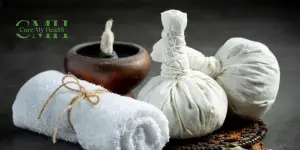
Stages of Panchakarma Treatment
The Panchakarma Treatment process involves three stages: Purvakarma, Pradhana Karma, and Paschat Karma.
Stage 1: Purvakarma
This is the pre-purification procedure. For a better outcome of the treatment, it is essential to prepare the body before the main purification procedure. The three processes involved in this stage are:
- Deepana-Pachana
- Snehana
- Swedana
Deepana-pachana means taking digestive herbs to increase Agni (digestive fire) and liquefy toxins so they can be easily removed from the body.
Snehana means oiling the body. There are two types of Snehana – internal and external.
Internal oleation is the intake of medicated ghee internally. Ghee is given in gradually increasing doses for 3-7 days. The type and dose of medicated ghee depends on the disease, condition, and nature of the patient.
External oleation means massaging the body using specific oils. It can be done for the whole body or just for certain parts. Oils are selected according to the state of the disease.
Oleation helps toxins move towards the gastrointestinal tract. It also softens superficial and deep tissues and nourishes the nervous system.
Depending on the individual condition, Dhanwantharam Thailam and Sahacharadi Thailam are used for oleation.
Swedana induces sweat using steam. It is performed by having the person sit in a chamber filled with steam from herbal decoctions. It releases toxins from the tissues and excretes them through the tiny pores of the skin along with sweat.
Stage 2: Pradhana Karma – The 5 Panchakarma Therapies
We can understand these 5 purification techniques through the below discussion:
Vamana: This is a therapeutic vomiting therapy that helps to remove excess mucus and toxins from the respiratory and gastrointestinal tracts. It is especially beneficial for people who suffer from respiratory allergies, asthma, and other respiratory problems.
Virechana: This is a purgation therapy that involves the use of herbal laxatives to remove excess pitta (fire) and toxins from the body. It is beneficial for people who suffer from digestive problems, skin disorders, and liver problems.
Basti: This is an enema therapy that involves the use of herbal oils and decoctions to cleanse the colon and promote healthy digestion. It is especially beneficial for people who suffer from constipation, hemorrhoids, and other digestive problems.
Nasya: This is a nasal therapy that involves the use of herbal oils and decoctions to cleanse the nasal passages and promote healthy breathing. It is beneficial for people who suffer from allergies, sinusitis, and other respiratory problems.
Rakta moksha: This is a bloodletting therapy that involves the use of leeches or other methods to remove excess toxins from the blood. It is beneficial for people who suffer from skin disorders, rheumatoid arthritis, and other conditions related to the blood.
Stage 3: Paschat Karma
This is a post-purification regimen to restore digestive power and restore the body’s normal state. It is done through a specific diet, lifestyle, rejuvenating drugs, and specific herbal preparations. It includes –
- Sansarjan Karma: This is a specific diet protocol that aims to gradually increase the diet from liquid to semi-solid to normal diet.
- Administration of Rasayan: taking a rejuvenating medicine according to your condition is used to physically restore the body.
- Shaman Chikitsa: the addition of appropriate Ayurvedic medicine can help further reduce the symptoms of the disease.
How is Panchakarma performed?
Panchakarma is usually done over a period of days or weeks, depending on individual needs and conditions. Treatment begins with a consultation with an Ayurvedic physician, who evaluates the individual’s constitution and health. Based on this evaluation, the doctor will recommend a customized Panchakarma treatment plan.
The treatment plan will include a combination of the five therapies listed above as well as dietary and lifestyle recommendations to support the body’s natural healing process. During treatment, the individual will undergo massages and other therapies to promote relaxation and enhance the detoxification process.
Advantages of Panchakarma
- Detoxification: Panchakarma helps to remove toxins from the body, including heavy metals and other harmful substances that may have accumulated over time due to poor diet and lifestyle choices.
- Rejuvenation: Panchakarma helps to rejuvenate the body and mind, by improving energy levels, vitality, and overall well-being.
- Stress Reduction: Panchakarma therapy can be an effective way to reduce stress and anxiety by providing a deeply relaxing and restorative experience.
- Improved Digestion: Panchakarma can help to improve digestion by regulating the digestive fire and removing toxins that may be causing digestive issues.
- Improved Immunity: Panchakarma can help to boost the immune system by removing toxins and restoring balance to the body.
- Pain Relief: Panchakarma can be effective in reducing pain and inflammation by improving circulation, reducing stress, and promoting the body’s natural healing processes.
- Improved Sleep: Panchakarma can improve the quality of sleep by reducing stress and promoting relaxation.
- Another most not famous benefit is that this therapy helps to lose weight.
What are the side effects of Panchakarma therapy?
panchakarma treatment, Panchakarma treatment cost
A Panchakarma treatment program consists of multiple sessions that range from INR 1,200 to INR 1,500 per day. Also make sure that these treatments and cures have been practiced in Ayurveda for centuries and have been around for a long time.
Price Range: RS. 1200 -1500 per day

Who will need panchakarma therapy?
Everyone can be a worthy candidate for Ayurvedic massage. It is one of the safest forms of treatment available and has no side effects on its own. However, pregnant women may avoid it as the pressure may bother them. Also, people over the age of 75 may try this treatment partially because the herbs and oils used may not be acceptable to their body condition. It is safe to consult an Ayurvedic specialist before you go for these treatments.
Can I practise Panchakarma Treatment at Home?
Panchakarma treatment at home is generally not recommended. It is a complex process that requires a fair amount of Ayurvedic knowledge. An experienced practitioner is your best bet. They have extensive knowledge of Vata, Pitta and Kapha and can perform treatment accordingly. They are equipped to decide on a specific course of action based on the nature of the toxins in your body.

When is the best time to do Panchakarma?
As part of a holistic approach to preventive medicine, Panchakarma can help you stay healthy at any time of the year. However, it is recommended to skip the cleanse if you need a little more help, such as when your body is exhausted.


